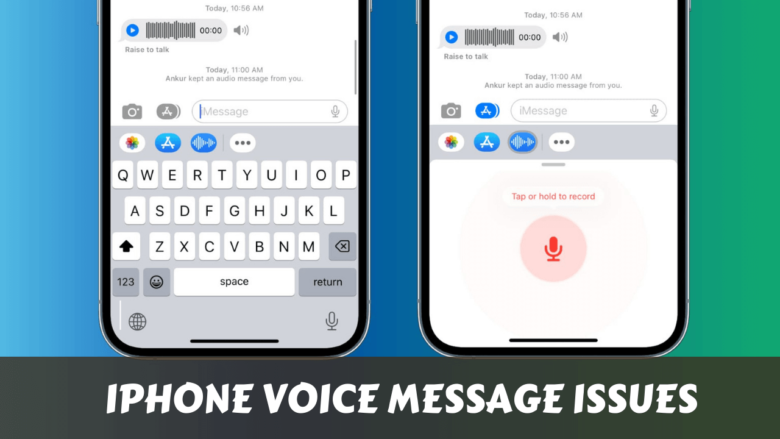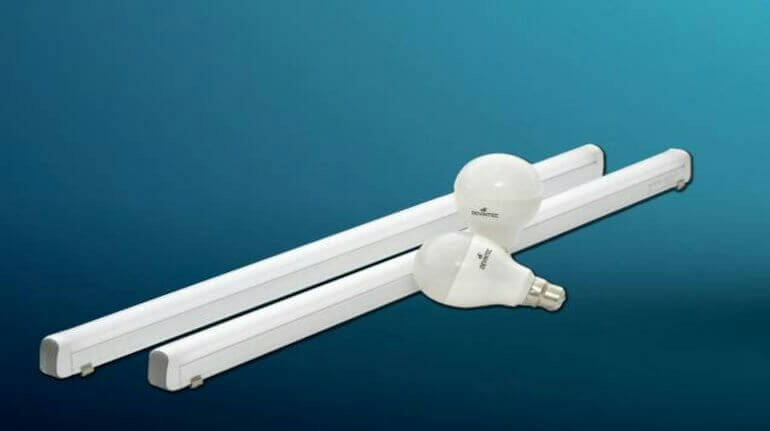How to Become a Commercial Pilot in India
- Step 1: Understand the Role of a Commercial Pilot
- Step 2: Meet the Basic Eligibility Criteria
- Step 3: Choose Between Two Popular Routes
- Step 4: Clear Class 2 and Class 1 Medical Tests
- Step 5: Enroll in a DGCA-Approved Flying School
- Step 6: Ground Training and Theory Exams
- Step 7: Flying Training – Log 200 Hours
- Step 8: Apply for the Commercial Pilot License (CPL)
- Step 9: Type Rating (Optional but Recommended)
- Step 10: Apply for Jobs with Airlines
- Cost to Become a Commercial Pilot in India
- Final Words: Is It Worth It?
Do you want to fly big airplanes one day? Becoming a pilot is a dream for many children and grown-ups in India. A commercial pilot gets to fly people from one place to another and travels to different cities and countries. It’s a cool job, but it needs hard work, study, and training. In this guide, we will explain step-by-step how you can become a commercial pilot in India. Don’t worry, it’s easy to understand and will help you take your first flight toward your dream!
Step 1: Understand the Role of a Commercial Pilot
A commercial pilot is responsible for flying passenger or cargo aircraft for airlines. Unlike private pilots, commercial pilots are paid professionals who need advanced training, experience, and licensing. They handle takeoffs, landings, navigation, communication with air traffic control, and emergency procedures while ensuring passenger safety and flight efficiency.
Step 2: Meet the Basic Eligibility Criteria
Before applying to any aviation school, ensure you meet the minimum qualifications:
- Age: Minimum 17 years to begin training; 18 years to get a Commercial Pilot License (CPL).
- Education: 10+2 with Physics and Mathematics from a recognized board. If you’re from a different stream, you can appear for NIOS or other bridge courses.
- Medical Fitness: Class 2 Medical (initial) and later Class 1 Medical Certificate from DGCA-approved medical examiners.
- Nationality: Indian Citizen or holding a valid Indian passport.
Step 3: Choose Between Two Popular Routes
There are two common paths to becoming a commercial pilot in India:
1. Civil Aviation Training via Flying School
- Enroll in a DGCA-approved flying school.
- Complete 200 hours of flying to qualify for CPL.
- Appear for DGCA exams: Air Navigation, Air Regulations, Aviation Meteorology, Technical General, and RTR (A).
2. Pilot Training via NDA (Indian Air Force Route)
- Clear the NDA exam conducted by UPSC.
- Join the Air Force as a pilot and get trained by government institutions.
- After serving the required term, you can convert your license to a CPL.
Most aspirants opt for the civilian route as it offers direct entry into commercial airlines.
Step 4: Clear Class 2 and Class 1 Medical Tests
Your journey begins with a Class 2 medical test. Once cleared, you’ll undergo Class 1 medical assessment which is essential for CPL issuance. These tests check your eyesight, hearing, heart rate, mental health, and overall fitness. Without medical clearance, you can’t begin practical flight training.
Step 5: Enroll in a DGCA-Approved Flying School
Choose a reputable flying school in India. Some of the top names include:
- Indira Gandhi Institute of Aviation Technology, Delhi
- Capt. Sahil Khurana Aviation Academy, New Delhi
- Indira Gandhi Institute of Aeronautics, Chandigarh
- CAE Global Academy, Gondia
- Indira Aviation Academy, Madhya Pradesh
While choosing a school, check for:
- DGCA approval
- Availability of aircraft
- Experienced instructors
- Placement assistance
Step 6: Ground Training and Theory Exams
Alongside practical flying, you’ll undergo ground classes to prepare for DGCA written exams:
- Air Navigation
- Aviation Meteorology
- Technical General & Specific
- Air Regulation
- Radio Telephony Restricted (RTR)
These exams are conducted multiple times a year, and clearing them is mandatory to apply for CPL.
Step 7: Flying Training – Log 200 Hours
You’ll need to complete a minimum of 200 hours of flying, which includes:
- Solo flights
- Cross-country flights
- Instrument flying
- Night flying
Each flight hour is logged and verified by your instructor. It takes 18 to 24 months on average to complete this phase.
Step 8: Apply for the Commercial Pilot License (CPL)
After clearing theory papers and logging required flight hours:
- Submit your application with logbooks and training records.
- DGCA will verify your documents.
- Once approved, you’ll receive your CPL, which allows you to apply for jobs in airlines.
Step 9: Type Rating (Optional but Recommended)
A Type Rating is training on a specific aircraft like Airbus A320 or Boeing 737. Though not compulsory for CPL, most airlines prefer candidates who already have it. It can cost ₹20–30 lakhs and is usually done after CPL.
Some flying schools include type rating in their package, while others offer it separately or partner with global aviation academies.
Step 10: Apply for Jobs with Airlines
With your CPL and (ideally) a Type Rating, you’re ready to apply to commercial airlines. Some popular recruiters in India include:
- IndiGo
- Air India
- SpiceJet
- Vistara
- Akasa Air
- Air India Express
These airlines may conduct their own selection process including:
- Written exams
- Simulator tests
- Interviews
- Group discussions
Cost to Become a Commercial Pilot in India
Becoming a commercial pilot is expensive, and you should plan financially:
| Component | Estimated Cost (INR) |
|---|---|
| Medical Tests | ₹10,000 – ₹30,000 |
| Ground Classes & Exams | ₹1 – ₹2 lakhs |
| Flying School | ₹35 – ₹50 lakhs |
| Type Rating (Optional) | ₹20 – ₹30 lakhs |
| Total | ₹45 – ₹80 lakhs |
You can explore education loans, scholarships, or state government schemes to finance your training.
Final Words: Is It Worth It?
Becoming a commercial pilot requires passion, discipline, and financial investment. But the reward is high – a well-paying job, global travel, and a prestigious lifestyle. With India’s aviation sector growing rapidly and new airlines entering the market, the demand for skilled pilots is on the rise.
If you’re truly dedicated to the skies, take that first step today and soar towards your dream career.















